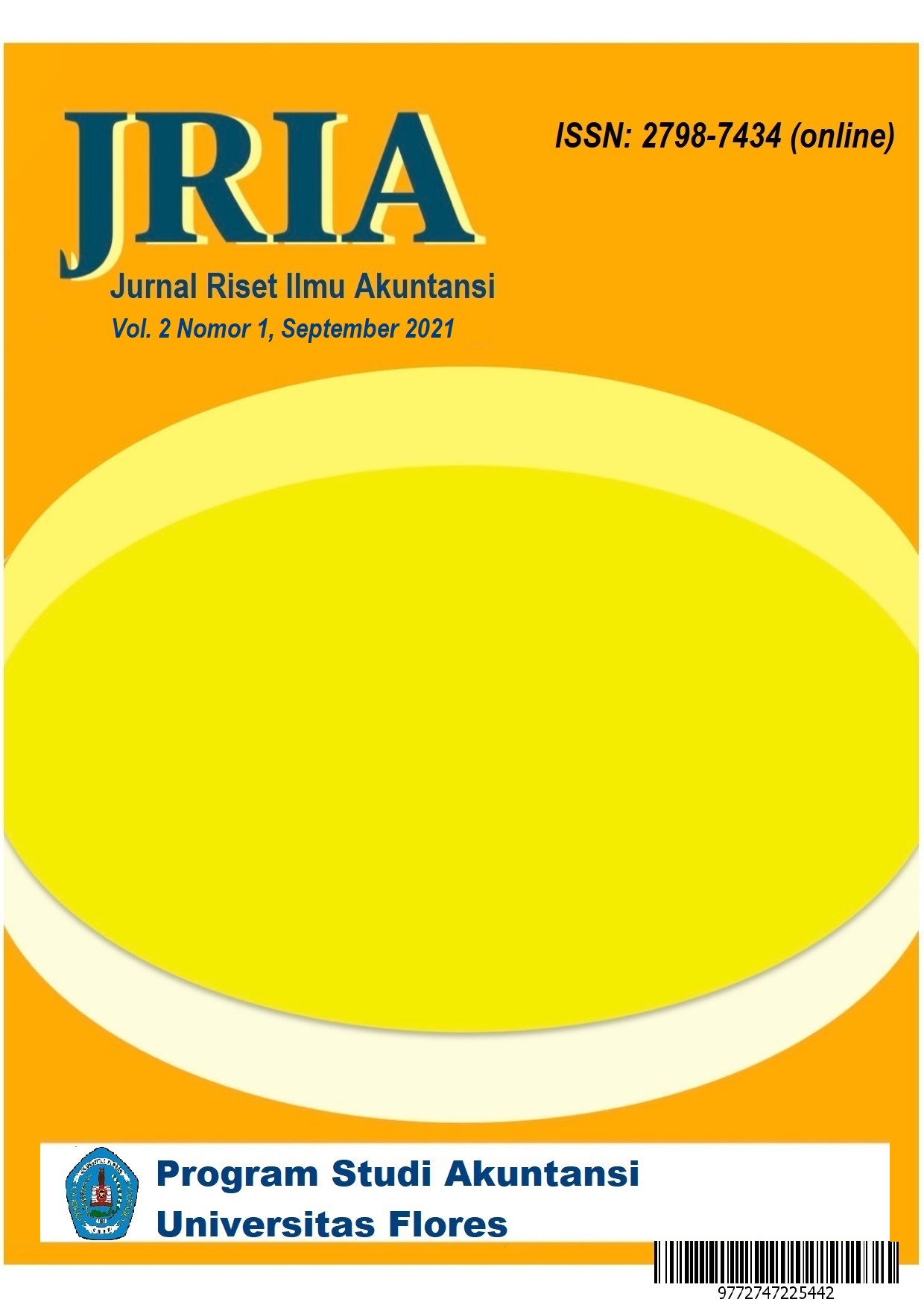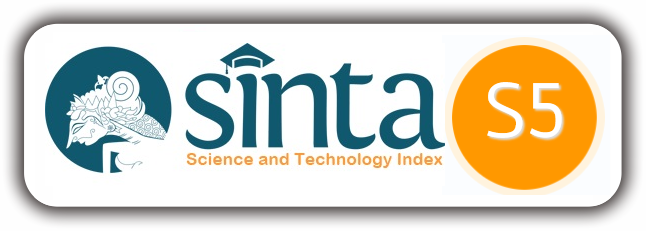ANALISIS REALISASI ANGGARAN PENDAPATAN DANBELANJA DAERAH KABUPATEN NAGEKEO TAHUN ANGGARAN 2015-2019
DOI:
https://doi.org/10.37478/jria.v2i1.2149Abstract
The purpose of this study was to determine (1) the realization of the regional revenue budget of Nagekeo Regency when viewed using Income Variance Analysis, Income Growth Analysis, Degree of Decentralization, and Effectiveness Ratio of Regional Original Revenue (2) the realization of the regional budget for Nagekeo Regency when viewed using the Analysis of Expenditure Variance, Analysis of Shopping Harmony, and Expenditure Efficiency Ratio. (3) the suitability of the presentation of the Nagekeo Regency budget realization report against
PP No. 71 of 2010. Type research that is used is the study of quantitative. Analysis of the data that is used is quantitative descriptive analysis to calculate the value of revenue performance area and analyzes the performance of shopping areas. The results of this study indicate that (1) Regional Revenue Financial Performance. Results of Performance Financial Revenue Region, in general, can be said to be good, although the variance of income is less good and the level of dependence on the central government is still high. (2) Regional Expenditure Financial Performance. Results of Performance Financial Expenditure Region, in general, can be said to be good, but in harmony shopping yet there is a balance between spending Operations with
Shopping Capital. (3) The suitability of the presentation of the Nagekeo Regency Budget Realization Report against PP. 71 of 2010.
Downloads
Keywords:
Actual Budget Income, Expenditure RegionalDownloads
Published
How to Cite
Issue
Section
License
Copyright (c) 2021 JRIA

This work is licensed under a Creative Commons Attribution-NonCommercial-ShareAlike 4.0 International License.





